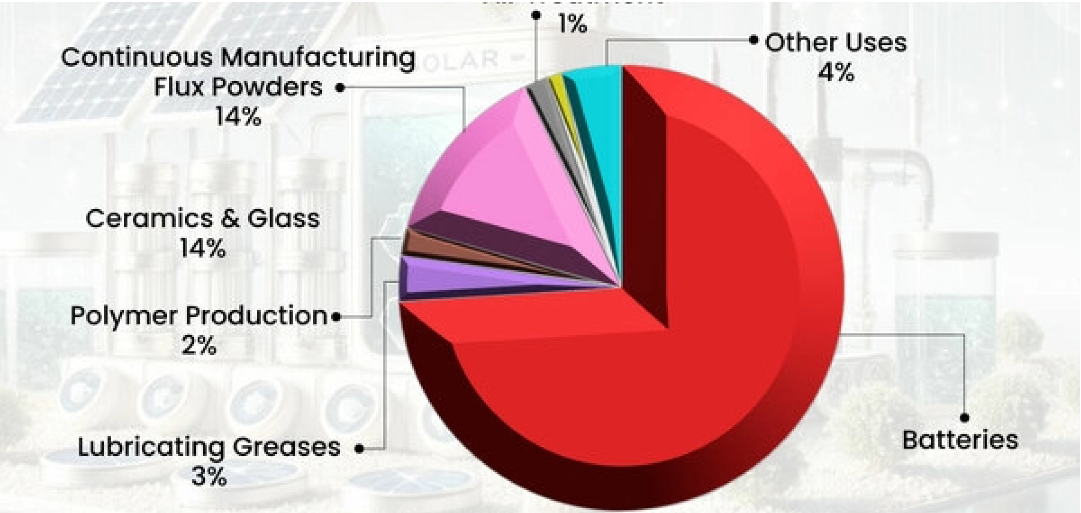India's Investment in Renewable Energy Shortfalls Against 2025 Goals
Research from clean energy think tank Ember claims that a fall in renewable energy investment means that ambitious clean energy targets for 2025 and beyond pose a key obstacle. Although investment for the fiscal year 2024 shows a notable 40 percent increase reaching $13.3 billion this sum is just a sixth of the annual spending required to be on schedule for its 2030 renewable energy targets.
As it aims to build five hundred gigabytes (GW) of renewable energy capacity by 2030 and exceed 600 GW by 2032, India will need a total capital inflow of $300 billion by 2032. With the current investment route, India risks not reaching its 2025 renewable energy aims, which might have long-term consequences for its clean energy transition.
Many structural issues are preventing the quick implementation of projects, including renewable energy sources, by 2025. Project commissioning is being delayed by land acquisition problems, regulatory hurdles, and poor grid infrastructure, hence maybe raising capital costs by 4 percent. Should these problems continue, Ember projects India might not reach its 2030 renewable energy target by up to 100 GW. The poor speed of changes in the transmission sector aggravates worries even more as effective energy distribution is essential to include new renewable projects into the grid.
India would need a huge flood of investments beyond 2025 to fulfill its long-term clean energy goals, especially on its path to reach net zero emissions by 2070. Moody's estimates that to match its climate targets, the US would need at least $700 billion in energy sector investments over the next decade. Attracting high-risk money into renewables is still difficult, however, given the ongoing dependence on coal.
Reaching 1.3 billion tons, India's coal consumption jumped by 5 percent in 2024, a figure not seen anywhere else except China. India has increased domestic coal output to satisfy rising industrial and energy use even as its imports of coal have dropped. Without a major policy change and financial commitment to renewable energy in 2025, India risks deepening its reliance on fossil fuels, therefore complicating its climate targets.

